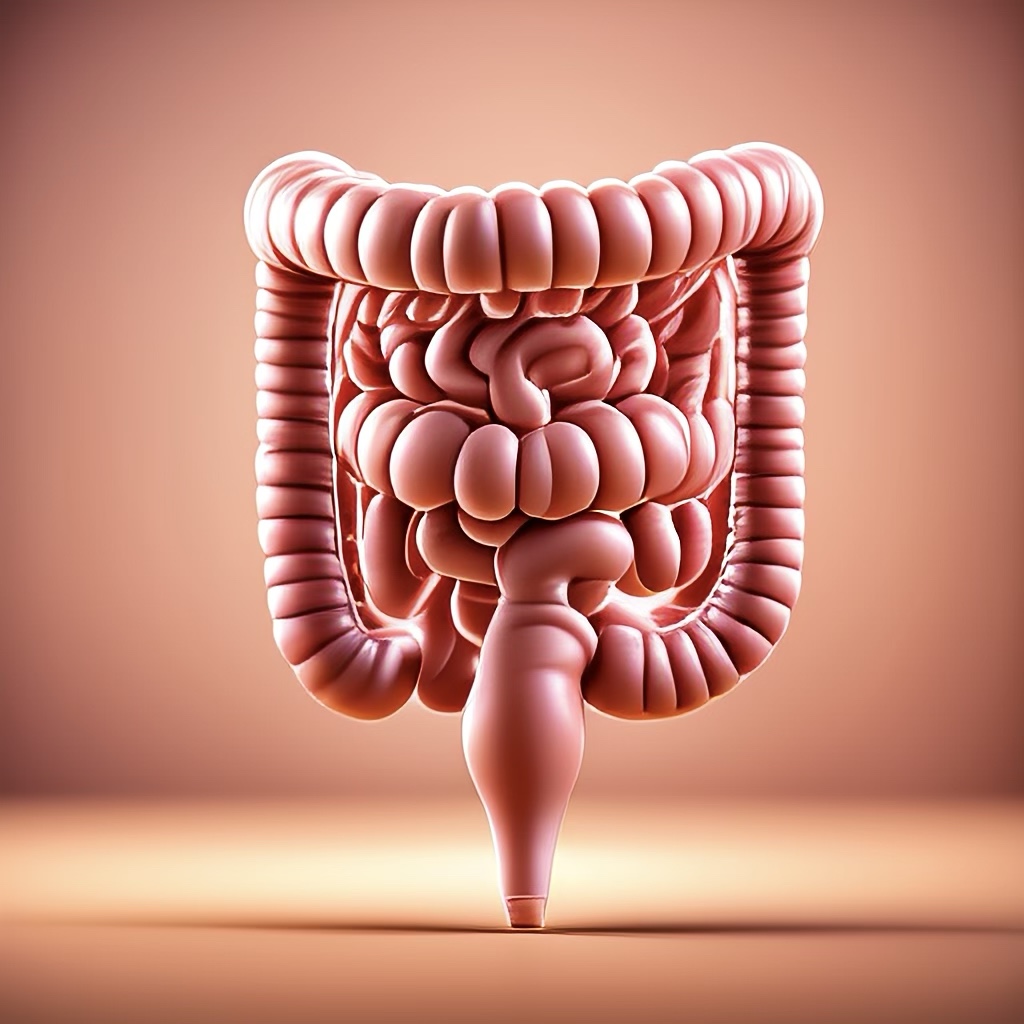Lipopolysaccharide (LPS) endotoxemia is a serious condition caused by endotoxins from Gram-negative bacteria entering the bloodstream 🚨. These lipopolysaccharides can spark intense inflammation 🔥. Let’s dive into the causes, effects, symptoms, and management of LPS endotoxemia! 📝
What is LPS Endotoxemia? 🤔
LPS endotoxemia happens when lipopolysaccharides (LPS), part of Gram-negative bacteria like E. coli 🦠, sneak into the blood 💉. Normally, the gut and immune system block LPS, but a compromised barrier lets it slip through, causing inflammation 😷 and, in severe cases, sepsis 😱.
Causes of LPS Endotoxemia 🚩
LPS endotoxemia can stem from several triggers:
- Gut Barrier Issues 🛑: Conditions like leaky gut, IBD, or heavy drinking 🍷 weaken the gut lining, letting LPS escape.
- Infections 🦠: Gram-negative bacterial infections (e.g., UTIs or pneumonia) release LPS during bacterial breakdown.
- Surgery/Trauma 🩺: Gut surgeries or injuries can disrupt the intestinal barrier.
- Diet & Lifestyle 🍔: High-fat diets, stress 😓, and obesity increase gut permeability.
- Medical Treatments 💊: Antibiotics or chemo can upset the gut microbiome, boosting LPS release.
Physiological Effects ⚡
LPS binds to TLR4 receptors on immune cells, unleashing cytokines like TNF-α and IL-6 🔥. This can lead to:
- Systemic Inflammation 😣: Widespread tissue and organ damage.
- Metabolic Endotoxemia 🍬: Chronic LPS exposure links to insulin resistance and diabetes.
- Sepsis 🚑: Severe cases may cause septic shock and organ failure.
- Heart Issues ❤️: LPS-driven inflammation may fuel cardiovascular diseases.
Symptoms of LPS Endotoxemia 😷
Symptoms depend on severity:
Mild Cases:
- Fatigue 😴
- Low fever 🌡️
- Muscle aches 💪
- Gut discomfort 🤢
Severe Cases:
- High fever/chills 🥶
- Rapid heartbeat 💓
- Confusion 😵
- Breathing issues 😤
- Organ failure 😞
Diagnosis 🩺
Diagnosing LPS endotoxemia is tricky but may involve:
- Blood Tests 🩺: Checking LPS or inflammation markers (e.g., CRP).
- Endotoxin Activity Assay (EAA) 📊: Measures blood endotoxin levels.
- Clinical Review 🩼: Evaluating symptoms and risk factors.
Management and Treatment 🌟
Tackling LPS endotoxemia means addressing the cause and inflammation:
- Antibiotics 💊: Target infections, but careful use avoids extra LPS release.
- Supportive Care 🏥: IV fluids, oxygen, or vasopressors for severe cases.
- Gut Health Boost 🥗:
- Probiotics/Prebiotics 🦠: Strengthen the gut barrier.
- Healthy Diet 🥕: Fiber, antioxidants, and omega-3s reduce permeability.
- Anti-inflammatory Treatments 🧯: Corticosteroids or TLR4 blockers may help.
- Lifestyle Changes 🏃♂️: Cut alcohol, manage stress, and maintain a healthy weight.
Prevention 🛡️
Keep LPS endotoxemia at bay with:
- Balanced, fiber-rich diet 🥦
- Proper hydration 💧
- Careful antibiotic use 🚫
- Managing chronic conditions like IBD or diabetes 🩺
Conclusion 🎯
LPS endotoxemia is a complex issue, from low-grade inflammation to life-threatening sepsis 😱. By prioritizing gut health 🌱, treating infections quickly, and living healthily 🏋️♀️, you can lower your risk. If you suspect endotoxemia, see a doctor ASAP 🚨—early action saves lives!
Disclaimer: This post is for info only, not medical advice. Consult a healthcare pro for diagnosis or treatment. 🙏
Stay healthy and informed! 💪✨

Leave a Reply